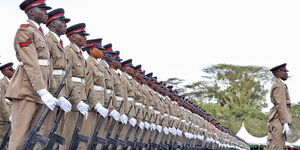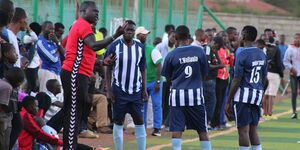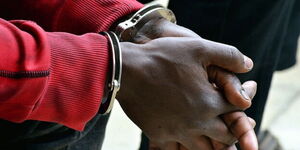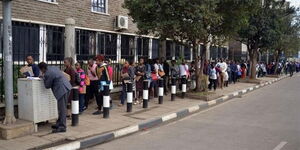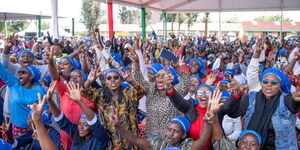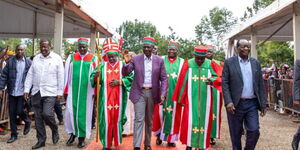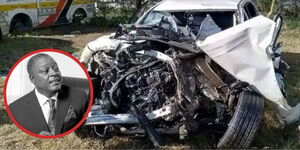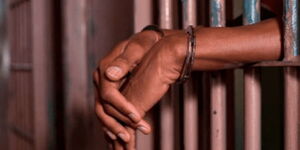In the life of Tom Mboya, from start to finish, plenty of credit for what he managed to achieve is handed to American activist and philanthropist William X. Scheinman, popularly known as Bill.
According to Stanford University’s Hoovers Digest, the two came together in the fall of 1956, when Scheimann, a twenty-eight-year-old industrialist, jazz enthusiast, and philanthropist, attended a lecture in Manhattan by twenty-six-year-old Tom Mboya.
Mboya at the time was a student in the USA, where he had authored a paper titled The Kenya Question: An African Answer, advocating a steady march toward independence, democracy, and capitalism. and was touring the country giving lectures and pushing for the freedom of the African continent.
Hoover Digest reported in 2011 that Bill Scheinman, the second son of a doctor, dropped out of the Bronx High School of Science at sixteen to join the Navy, taking a new middle initial, X, to distinguish him from others in his squad whose initials were also WS.
After World War II he attended the University of Kansas, then spent two years as a professional gambler and a publicist for Count Basie band before he started an airplane parts company identified as Airnav before getting government contracts that soon made him a millionaire.
He took a liking for Mboya, a liking that stayed with them for the rest of their lives due to his interest in the civil rights movement and Mboya's desire to deliver change in the African continent.
When Mboya started the airlift program between 1956 and 1958, Bill would play a huge part in making sure that African students found their way to the states to receive the education they deserved.
“Between 1956 and 1958, Mboya frequently requested that Scheinman buy airplane tickets for individual Kenyans who had won scholarships to American colleges but lacked money for airfare. Happy to oblige, Scheinman spent Ksh1,500,000 for that purpose, and also acted as a mentor to the students, corresponding with them, housing them, and hiring them for summer work in his New Jersey factory,” Hoover indicated.
In 1963, however, Bill had encountered a misfortune that led to led to his divorce and the loss of a substantial part of his property, and Mboya was reported to have guided him through the dark times till he got into a career in the stock exchange.
In 1969, another tragedy struck when the sorrowful Bill received a letter that Mboya had sent to him just days before he died, a letter that detailed the friendship that the two shared.
“In these things we believe, our firm resolve and our deep concern for the less privileged in Africa and in the world—we dedicate this photograph. Our friendship and your human and generous sympathy and understanding are impossible to repay in any form except I hope by justifying your trust and faith. To this end, I will totally commit myself till VICTORY and FREEDOM be ours. Like every other human being, we all have weaknesses, but at least it will never be said that we did not make our contribution,” the last message read.
After Mboya's death, Bill spent every holiday in the country visiting Mboya's family and supporting them financially even as he recovered his lost fortune
Hoover indicated that when Bill passed on in 1999, his family brought his ashes to the country and buried them on Rusinga Island on Lake Victoria, next to the Tom Mboya Mausoleum.

